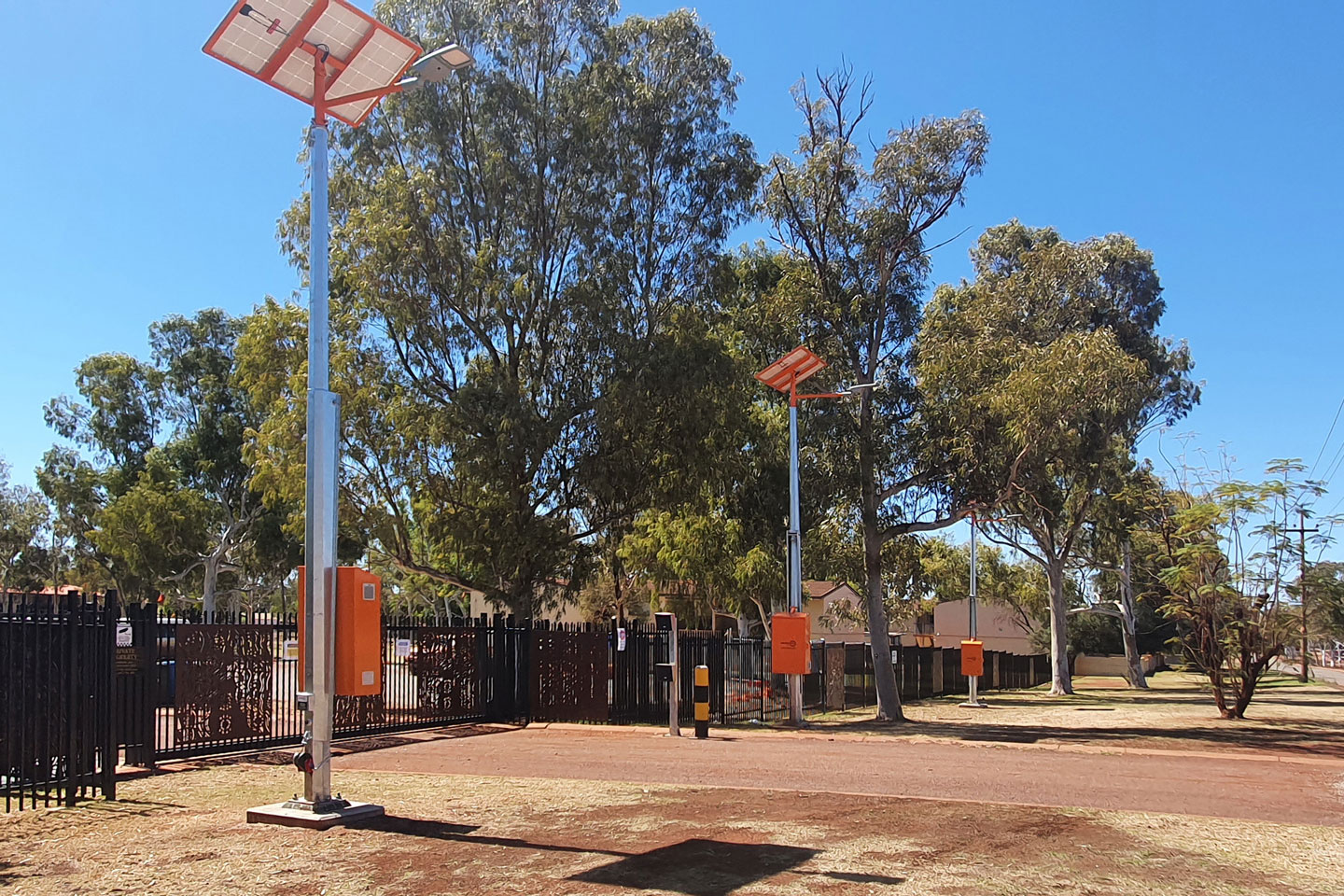

With the government’s latest release of more stringent safety policies for work site and accommodation facilities, companies around Australia are now focusing on making working environments safer and more secure. One of the most effective ways of increasing site safety is by improving visibility for workers using efficient area and vehicle lighting. If an area is inadequately lit, it can increase the chances of on-site accidents occurring due to poor visibility. However, it can also have an impact on the health of workers by causing eye strain, headaches and fatigue.
As lighting technology advances, so does the range of lighting options available and the importance of getting the selection right. Beam angles, colour temperatures, CRI and lumen output are just some of the factors that impact safety as well as productivity of workers. The right beam angle will push light only to where it is needed, colour correctness (CRI) is vital to some work functions where colour accuracy is required, while lighting temperatures have been proven to have different effects on people as well as local wildlife.
When planning lighting the following can assist in determining what is needed:
What is the area being used for?
Lighting requirements depend upon the activities being undertaken in the area. Generally detailed work will require brighter lighting. Also surrounding surfaces may impact on the amount of light needed due to absorption and reflection of light. The speed of activity will also be considered. For example a hockey field (ie. fast, small ball sports) will require different lighting from a larger ball sport such as Rugby. For first aid and eye wash stations, green light may be needed as it is easily recognised even if vision is impaired.
Where is lighting needed? Where is it not?
The size of an area will impact on the amount and type of lighting solutions needed. You may need to use a combination of lighting types and mounting options to give uniform light to the area. It is also critical to ensure light spill and glare is not extending to areas where it is not needed and compliant with Australian Standards specific to this requirement.
Any Environmental Considerations?
In many areas wildlife need to be taken into consideration and special lighting temperatures may need to be used to minimise ‘blue’ light and instead select yellow/amber hues which has a lower impact.
It is also important to note that external lighting not only has to be waterproof but may need to be vibration proof and designed for extreme temperatures for some work sites. For explosive dust or highly flammable areas, special explosion proof fittings may be required which are fully sealed and are rated for this purpose.
What will it cost?
Even though safety is of the upmost importance, your budget does need to be considered. Upgrading lighting can be a large expense but can save thousands in energy bills if energy efficient or solar solutions are used - for instance LED fixtures are 95% more efficient than traditional halogen halides. Motion sensors, dimming and high lumen per watt options are some options for further reducing energy usage.
Can I consider solar?
Solar has been gaining in popularity of late due to reduced impact on the environment. Without the need of being on the grid and no need for trenching, it is a good option for remote areas and is now very reliable and powerful too, thanks to more efficient fittings and improved battery storage with lithium.
Getting proper fit-for-use lighting for a workplace or site is a must. There are specialist companies around Australia that can help design a lighting plan for work sites and areas. One such company is Earthtrack Group, located in Forrestdale Western Australia, who specialise in industrial lighting for mining, civil and government sites supported by sophisticated lighting design support.
The focus on making sites safer and more efficient makes it essential to correctly plan lighting for sites, instead of businesses going it alone. Getting lighting right and keeping it maintained is needed to make any site ESG compliant and will lead to a safer and cleaner world.












